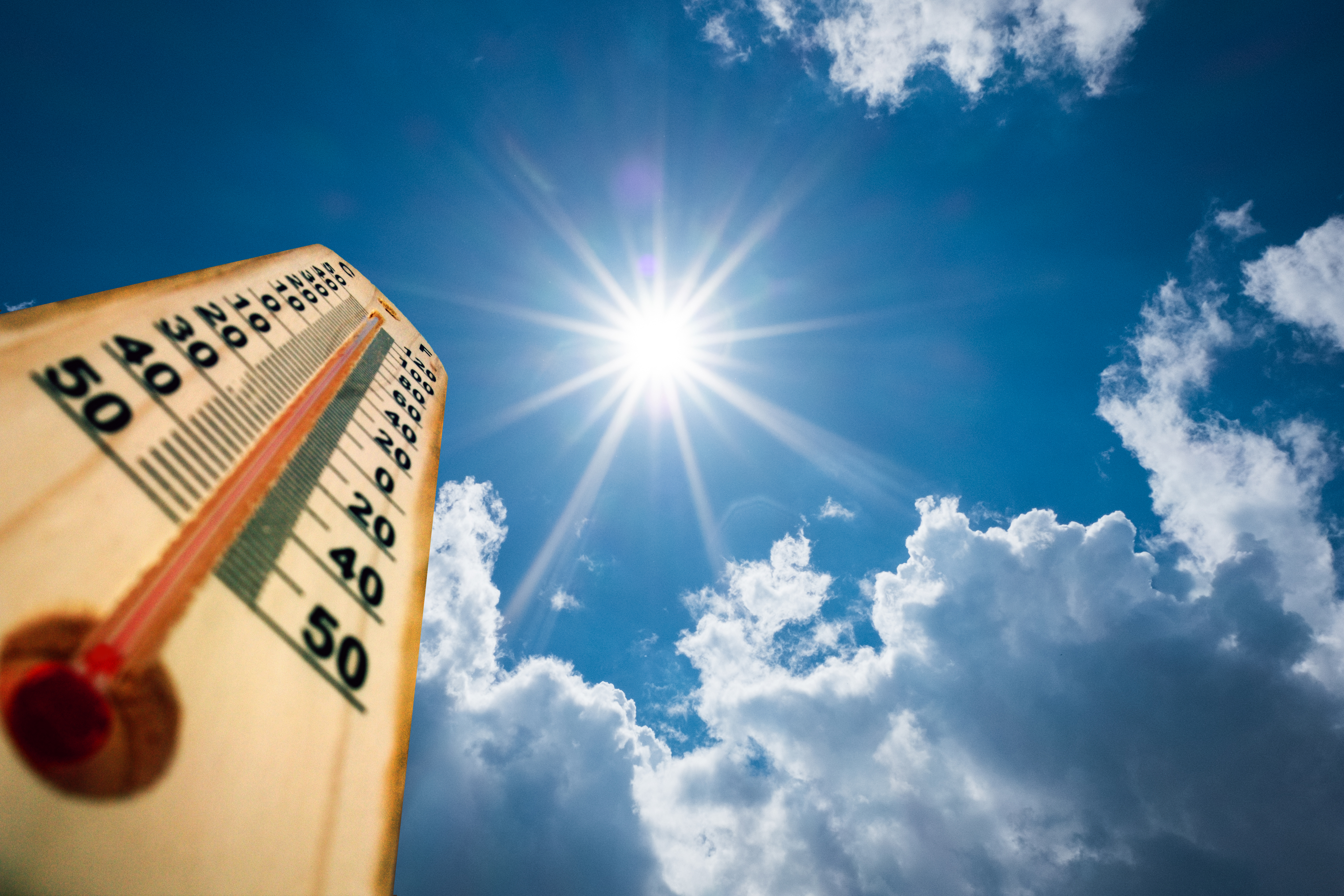When extreme heat sets in, it can feel even hotter in the city.
This is known as the urban heat island effect.
WATCH ANYTIME FOR FREE
>Stream NBC10 Boston news for free, 24/7, wherever you are. |
"There are areas of Chelsea on the same day and time. It's six or seven degrees hotter when you're surrounded by pavement than if you're in an area that has more greenspace and trees," said Dr. Madeleine Scammell, an associate professor of environmental health at Boston University's School of Public Health.
Scammell co-leads the Chelsea & East Boston Heat Study, C-HEAT, and says the difference in temperature is due to how cities are built.
Get updates on what's happening in Boston to your inbox. Sign up for our >News Headlines newsletter.
"There's a lot of paved surfaces, a lot of triple-decker homes with black rubber roofs," she said. "So people experience the heat that's been absorbed during the day and does not go away at night. It's retained by the pavement and the heat absorbing surfaces."
More on heat in Boston
In partnership with the local environmental justice group Greenroots, residents have turned a once empty lot near Maverick Street and Highland Street into a park and planted trees along the surrounding streets in an effort to cool down the block.
"You can feel the heat walking up and down the streets in the summertime, and shade is desperately needed, so hopefully, those trees will grow to become mature shade-providing trees," said Scammell.
C-HEAT researchers have set up sensors around the city to track temperatures and how cooling initiatives like this are working.
"This is a low-income community where many of the people who live here can't take advantage of the resources offered to citizens and so our goal is to provide them with resources and to develop low-cost solutions for managing extreme heat and cooling at home where we live, work and play," Scammell said.
The city is also working to cool down buildings by painting roofs white. Scammell said researchers also placed sensors on the roofs of Chelsea Public Schools to track the difference in temperatures over time.



